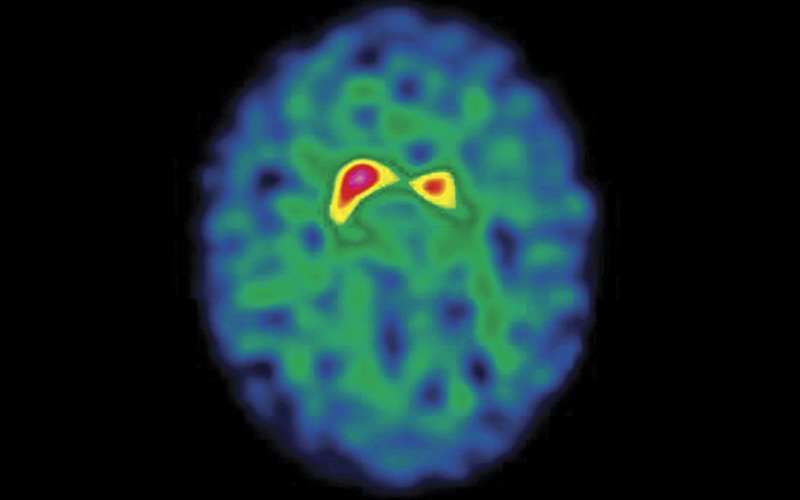Detailed brain cell analysis has helped researchers uncover new mechanisms thought to underlie Parkinson’s disease.

For years, scientists have known that Parkinson’s is associated with a build-up of alpha-synuclein protein inside brain cells. But how these protein clumps cause neurons to die was a mystery.
Using a combination of cellular and molecular approaches to compare healthy and clumped forms of alpha-synuclein, a team led by scientists at the Francis Crick Institute, found that clumps of alpha-synuclein damaged key proteins on the surface of mitochondria, making them less efficient at producing energy.
They also triggered a channel on the surface of mitochondria to open, leaking out chemicals that tell the cell to die.




